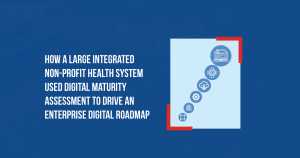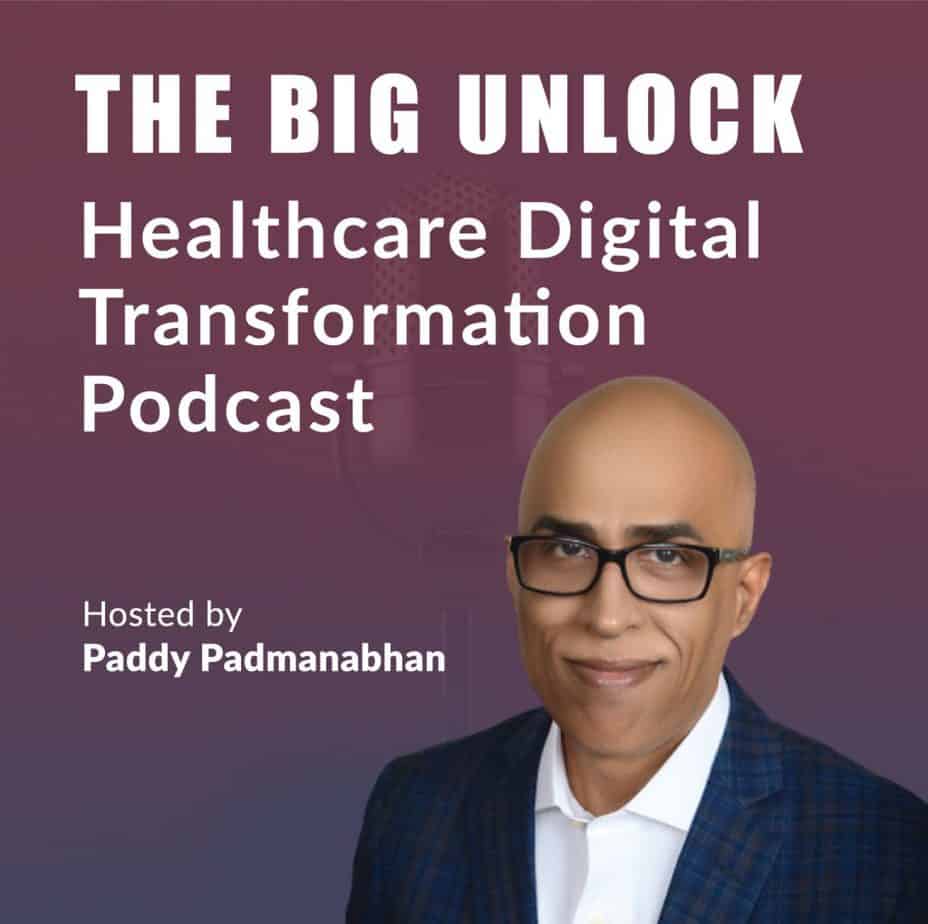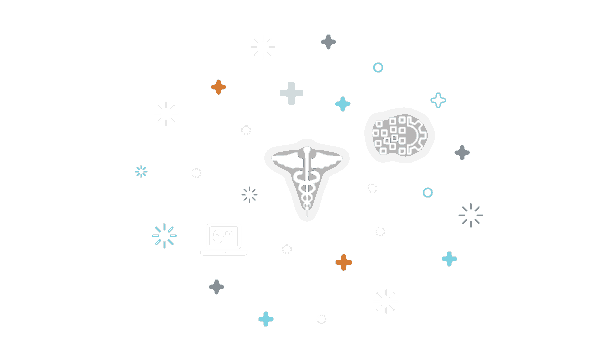What my backyard squirrel taught me about technical debt

We have had a long-standing feud with a squirrel who lives somewhere in our backyard. The issue: he insists on eating the bird food that we diligently keep filling out in the feeders every day of the summer. I would be OK if the squirrel ate a bit and left the rest for the birds, but no – he insists on gobbling up all the content in the feeder, leaving very little for the hapless birds.
The squirrel is a metaphor for technical debt that gobbles up the vast majority of healthcare IT budgets today. Technical debt refers to the accumulation of underinvestment and short-term fixes that eventually limit an enterprise’s ability to grow. Technical debt creates an unfunded liability and inhibits the enterprise’s ability to invest in new technologies for a digital future.
Most health systems operate with an IT budget that’s under two percent of revenues. Depending on the size of the enterprise, you can do the math. Considering that the bulk of the budget goes towards IT labor, infrastructure and software renewal and maintenance costs, there isn’t much left for new initiatives. Notwithstanding the vast amounts of venture capital money pouring into digital health solutions, the reality is that it is the core transactional systems that run healthcare enterprises today are far more critical to the smooth functioning of the organization today, especially in a predominantly fee-for-service environment. Part of the challenge for digital transformation as well as the transformation to a value-based care model is the issue of technical debt.
Some of the primary sources of technical debt are:
- High levels of investment in traditional data center environments. At a time when a rapid transition to the cloud is almost a necessity for scale and speed, many health systems are left with high levels of investments in data centers that are yet to be amortized fully. Combined with a need to maintain robust on-premise infrastructure for systems of record such as electronic health record (EHR) systems, the stranded investments can be an ongoing burden that prevents a large-scale migration to the cloud.
- Sub-optimal utilization of significant software investments: Over the past decade, countless millions have gone into implementing costly EHR systems. Many early adopters of EHR systems are now looking at a steep price tag for upgrading the platform to take advantage of newer functionalities. The upgrades may be required to benefit from new digital features or solutions that are part of the vendor’s product roadmap.
- Non-standard integration environments. A report by integration software vendor Mulesoft identifies legacy modernization as one of the top challenges for IT managers across industry sectors, and an average of over 1000 applications under management in any enterprise. Traditionally, most applications in a healthcare environment are connected via point-to-point integration which is costly to maintain and is a major impediment to digital transformation.
- Siloed data repositories and decentralized analytics initiatives. As the volume of data explodes and newer data sources become available, so does the challenge of data governance and analytics. Even in organizations with centralized enterprise analytics functions, there are departmental initiatives that use siloed data repositories and custom-built algorithms for analyzing the data. The emergence of edge computing, where data and analytics reside on ever-more powerful devices at the “edge” points of care in a healthcare organization, the challenges of data governance and algorithm sprawl can create additional debt in the form of model training and validation, among other things.
Other areas such as compliance and enterprise IT security also carry significant technical debt and consume increasingly larger shares of IT budgets with each passing year.
Back to my squirrel. In our ongoing battle with the squirrel for redistribution of resources, we found ourselves buying more and more birdfeed to ensure that even after the squirrel was done, there would be some left for the birds. We were blowing way more money on birdfeed than we had budgeted. In many ways, this is the classic conundrum for most CIOs; how to control legacy IT costs and ensure adequate budgets for future state initiatives.
Fortunately, there is an entire industry that is focused on the squirrel-in-the-birdfeeder problem, which I discovered to my great surprise during my visits to the local hardware store. We found that we were approaching the problem incorrectly. Instead of buying more birdfeed, we found a better birdfeeder – one that was ingeniously designed to allow small birds to perch on and feed but would close the feed slots under the weight of a squirrel. It wasn’t cheap, but the payback period was pretty quick. Innovation had come to the rescue.
Therein lies the challenge for corporate CIOs and technical debt. Every major transformation requires an upfront investment, which is often prohibitive in the context of a finite amount of discretionary budgets. However, not all transformational initiatives need vast amounts of upfront investments. Selective investments that deliver near-term returns can be the building blocks for an enterprise-wide digital transformation. Here are some examples:
- While enterprise data centers continue to run major workloads, newer workloads for digital health and analytics applications can be managed on the cloud in a gradual transition towards a hybrid cloud environment.
- The solution to point-point integration is to invest in a robust API platform that can standardize interfaces, supported by a common data model and interoperability standards such as Fast Health Interoperability Resources (FHIR).
- A center of excellence for advanced analytics with a small but highly qualified team of data scientists can take ownership for managing sophisticated analytical models and algorithms, ensure robust validation through a centrally governed training data set, and track model performance over time.
As for my squirrel, he gave up within a day after we installed the new bird feeder, and the birds are back. The squirrel’s doing fine; I found him the other day chomping on his usual meal — an acorn — and chattering down at me from his usual spot on the tree. Like with my squirrel, legacy IT environments won’t collapse and die if there is some redistribution of resources. Nature will find a way.
Originally published on CIO.com















